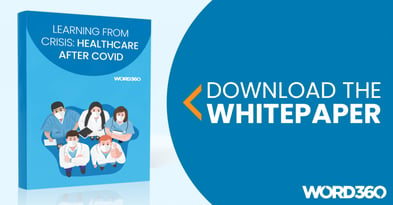How Has the COVID-19 Pandemic Impacted People with Sensory Loss?
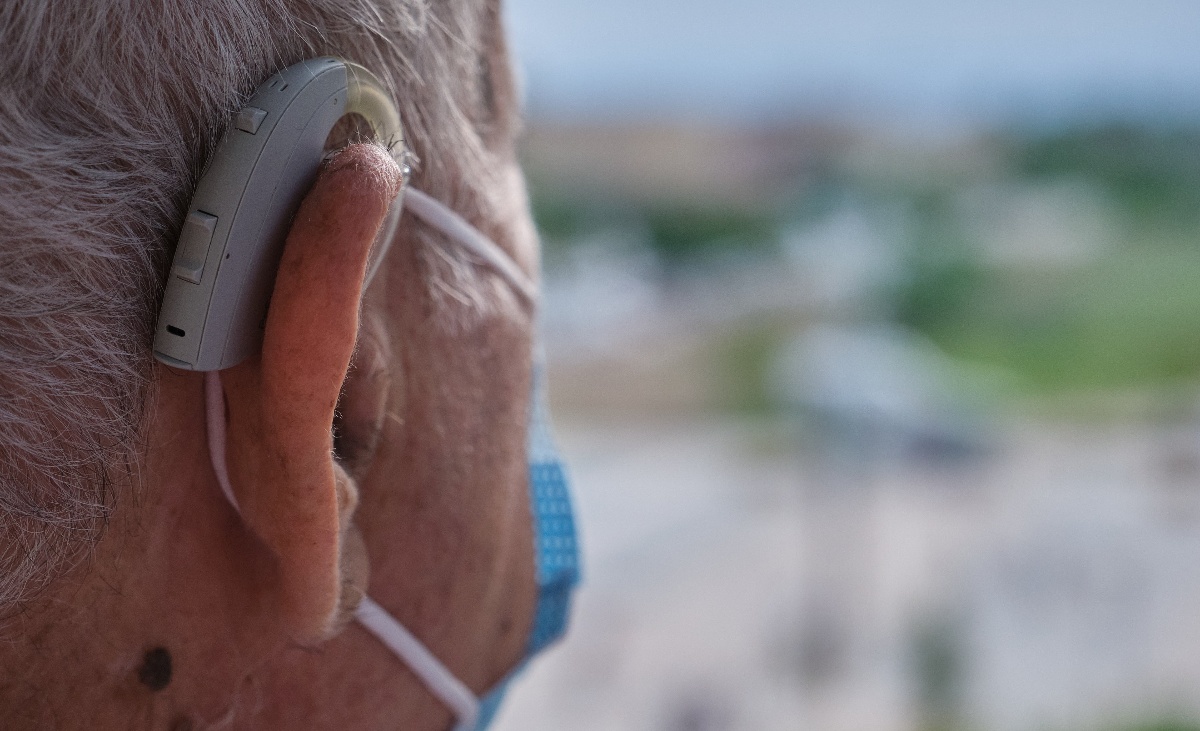
The pandemic has been an easy experience for no one, but some groups have been more adversely affected than others. For those with sensory loss, including visual difficulties and hearing loss, the pandemic has been a real challenge.
We wanted to look into some of the challenges faced by these communities as a result of the pandemic, and what can be done to help them navigate difficult circumstances, during and even after the pandemic. To do this, we reached out to Action Deafness and the Thomas Pocklington Trust, to gain some extra insight.
COVID-19 without sight
A recent report by the RNIB indicated that two thirds of blind or partially sighted people feel they have become less independent as a result of COVID-19. Blind or partially sighted people in particular face anxieties and concerns over not being able to socially distance, and not being able to navigate one-way systems. Often, this means they stop going out altogether.
As the world has turned to the internet almost as a means of living, blind and partially sighted people have had to deal with the lack of accessible information in a much more acute sense than usual. They are expected to depend on a tool that is not open to them in the same way as those who are sighted.
Compounded, these issues mean that blind and partially sighted people are more likely to suffer at the hands of depression and other mental health concerns.
Face masks, while a necessary safety requirement in current circumstances, pose additional challenges for nearly all with sensory loss. For those who are blind or partially sighted, they mean that listening to speech, on which so many are dependent, can be more challenging.
Understanding the challenges for the D/deaf
For the 12 million people in the UK with hearing difficulties or Deafness, arguably a primary barrier throughout the pandemic has been access to information. For a long time, COVID briefings from Downing Street did not feature a BSL interpreter, and while an interpreted service is now available via the BBC News channel and iPlayer, charities have largely been left to pick up the slack.
Additionally, D/deaf people often socialise quite heavily through deaf clubs and social events, where they are able to meet with others who communicate as they do, and maintain friendships that are a fundamental part of human mental health. The pandemic has restricted their ability to meet in this way, and, much like with the blind and partially sighted community, left many feeling isolated and more prone to poor mental health.
D/deaf people often place quite considerable importance on building relationships with their interpreters, and under normal circumstances would arrive to a meeting where an interpreter is present early, so as to get introduced and make sure that the interpreter communicates in the same way they do.
This is so important because when a D/deaf person attends an appointment or meeting in this way, the interpreter is likely to be the only person in the room with whom they can fully communicate. The pandemic, however, has forced almost all meetings online, and this early introduction is quite frequently not possible, again eroding the contact that D/deaf people have with others who they can communicate with.
The necessity for face masks poses further challenges to D/deaf people, as they obscure the mouth and make it impossible to lip-read, as well as muffling speech and blocking certain frequencies that give clarity to speech, which many deaf people rely on.
Providing accessibility to the partially sighted
According to the Pocklington Trust, technology has been a huge help throughout the pandemic for the blind and partially sighted. It has allowed people to communicate in new ways and to undertake tasks that they wouldn’t have otherwise been able to.
Nonetheless, as mentioned, a large portion of the online world isn’t accessible to the blind and partially sighted as it’s not offered in accessible formats such as large print, audio, or braille.
A major help then, would be for more websites and online services to offer accessible versions of their content, allowing blind and partially sighted people the same access as others.
This is a legal requirement for much of the public sector, but it should also be a matter of inclusivity for the private sector.
Providing accessibility to the D/deaf
Action Deafness suggested to us that the most important step that can be taken to mitigate the negative effects of the pandemic on D/deaf people is to make more information available via BSL. This is particularly the case when it comes to televised announcements.
The thirst for accessible healthcare resources cannot be overstated. During the pandemic, a UK doctor created a series of digital flash cards which enable medical staff to ask critically ill or D/deaf COVID patients questions and can be displayed on a phone or table. In just 72 hours, the cards were being used across the NHS as well as in 50 other hospitals around the globe. An app for the cards is now in development, providing additional resources such as the ability to print and laminate the cards, so they can be written on for more flexible communication.
They also highlight the need for greater access to mental health services for D/deaf people. A recent article in The Verge told the story of Quinn West, a Deaf person who recently spent time in a mental health hospital. They spent most of their time in their room, unable to benefit from group therapy sessions as there was no access to a face-to-face ASL interpreter, and having a new interpreter over an iPad every session was stressful and ineffective, as the interpreter couldn’t gauge the whole room. Experiences such as Quinn’s mean that even those D/deaf people who do get access to mental health services struggle to benefit.
Communication as a solution
An overwhelming theme throughout the challenges and solutions for blind and partially sighted, and D/deaf people during the pandemic, is the need for greater accessibility. This is especially pertinent at the momen but won’t stop being the case after the pandemic.
This means greater accessibility to crucial services and information, such as COVID-19 briefings, healthcare, and mental health services. Arguably, the private sector should take something away from this too, and strive to offer their digital world to those with sensory loss.
At Word360, we specialise in accessibility, and have worked tirelessly throughout the pandemic, alongside the NHS, to provide healthcare accessibility to those with sensory loss. We provide BSL interpreters for D/deaf people, and accessible information translation to allow blind and partially sighted people to access vital information.
If you’re looking to provide these communities with the accessibility they deserve, contact us today.
If you want to learn more about the challenges faced, and some of the solutions, take a look at the resources below, including our free Learning From Crisis: Healthcare After COVID whitepaper, which examines how the healthcare sector can use COVID as an opportunity for learning and for better, more accessible communication.
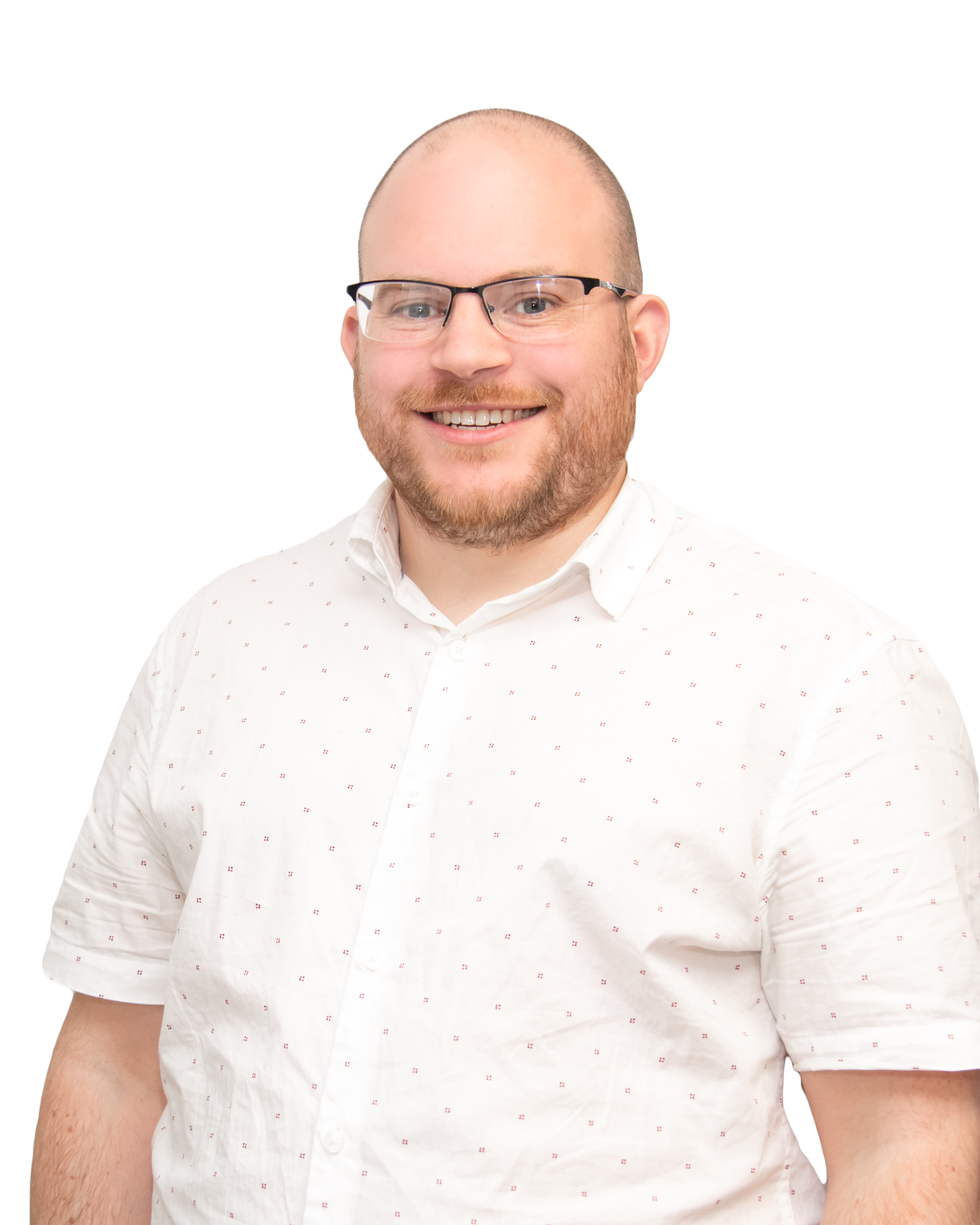
Elliot Glynn
July 24, 2022Related Services
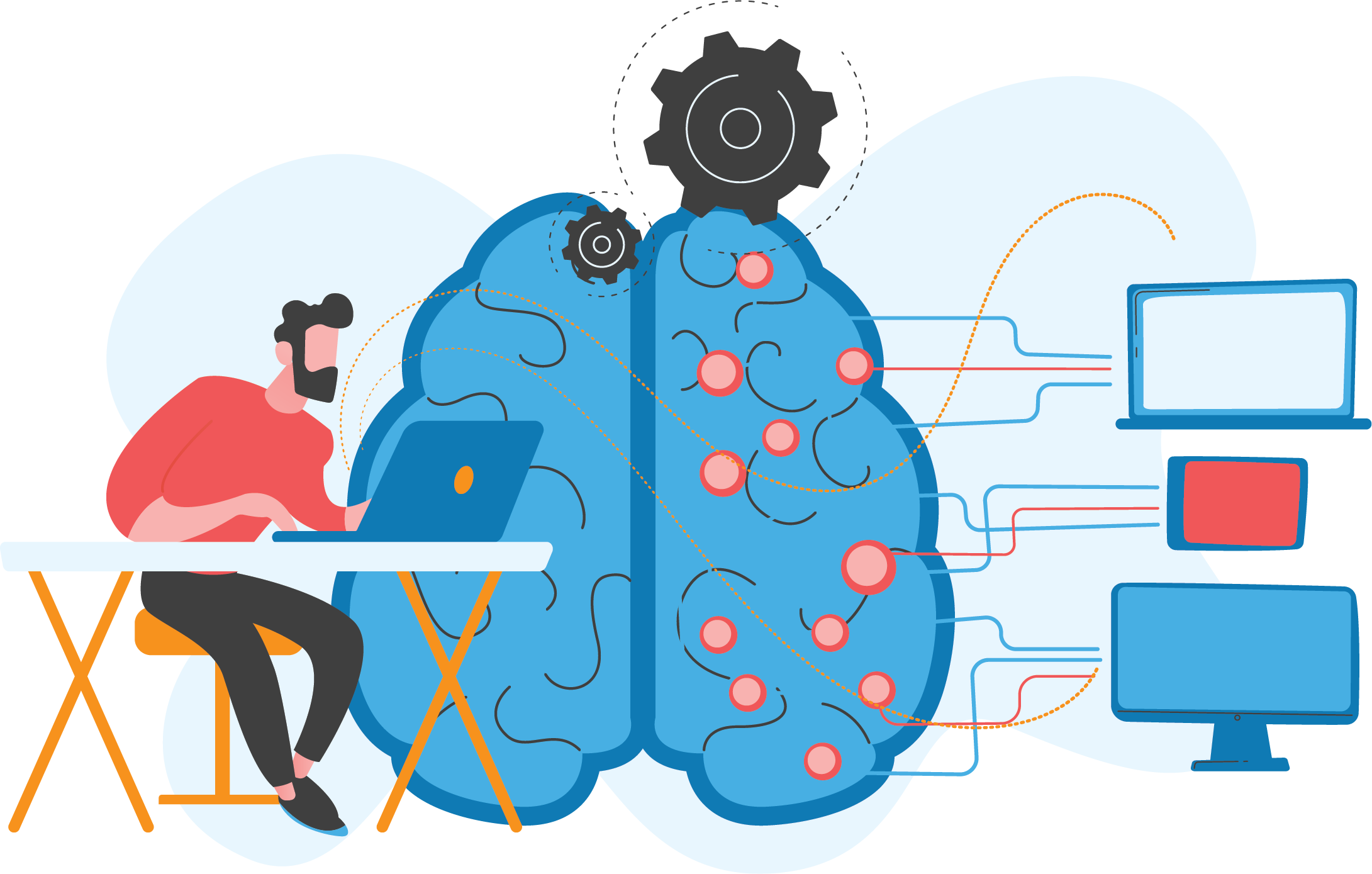
How to Drive Crucial Efficiencies in the Age of COVID-19 With Translations Technology
Don’t get left behind: learn how your business could go global with Machine Translation efficiencies
Read More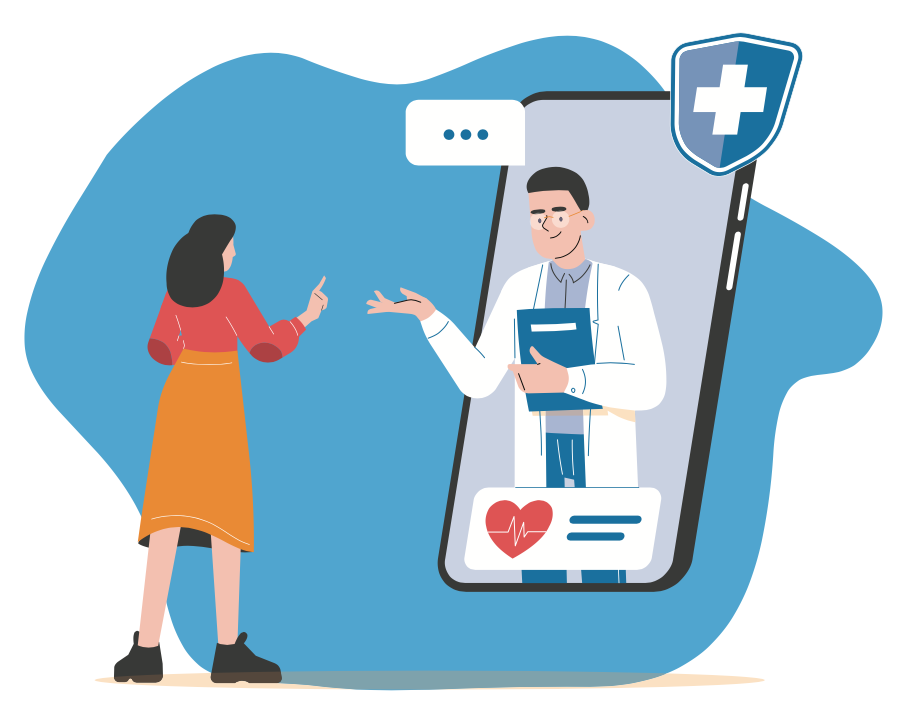
Learning from Crisis: Healthcare after Covid
Taking you through the importance of digital communications, the dangers of not being inclusive in communication, as well as the need for strong infrastructure and constant staff training.
Read More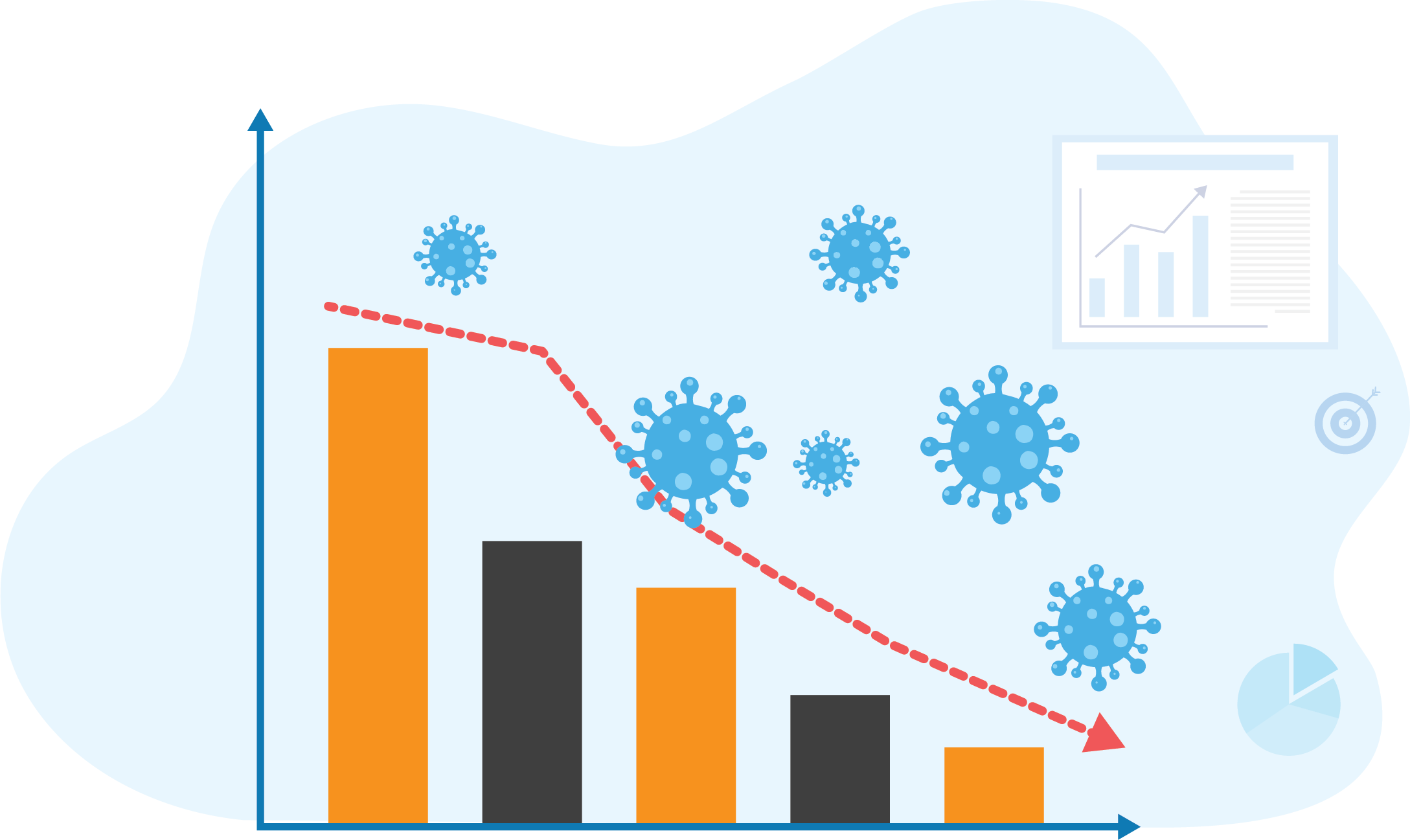
Your Route to Business Growth in Post Brexit Covid Britain
COVID-19 presents an opportunity to use digital to your advantage, with intelligent solutions able to set you ahead while the world moves online.
Read More